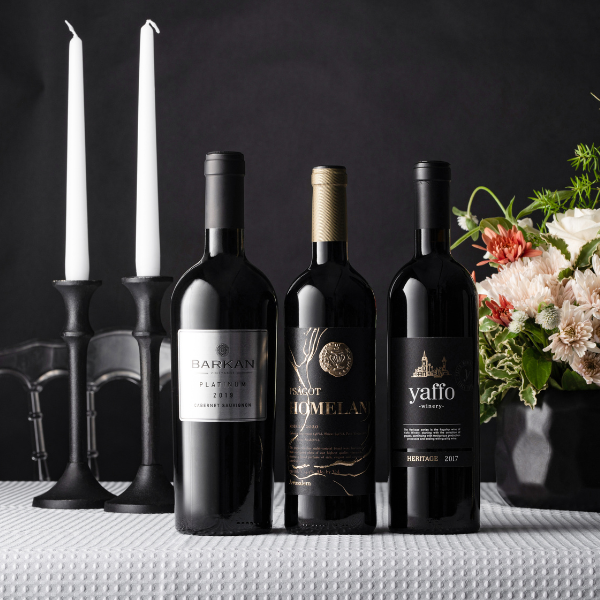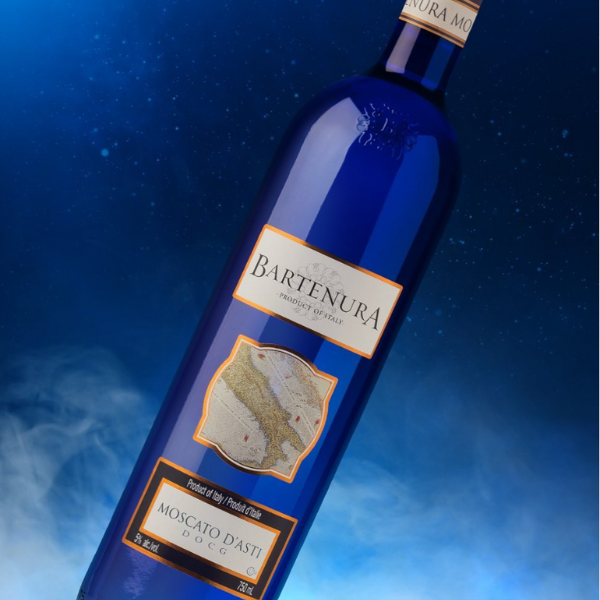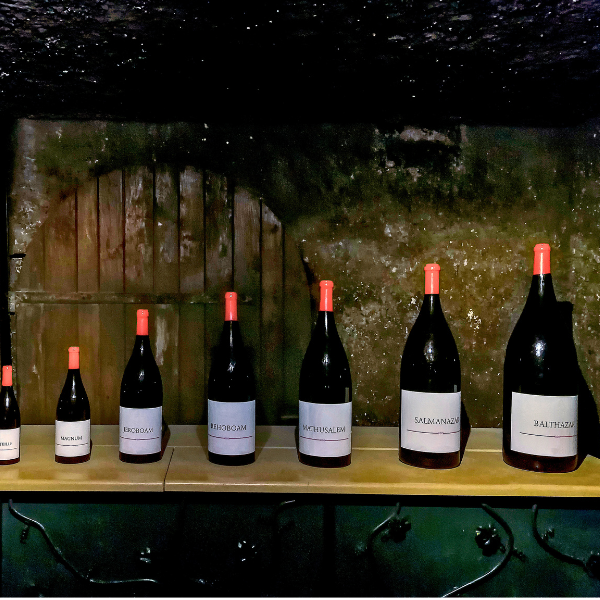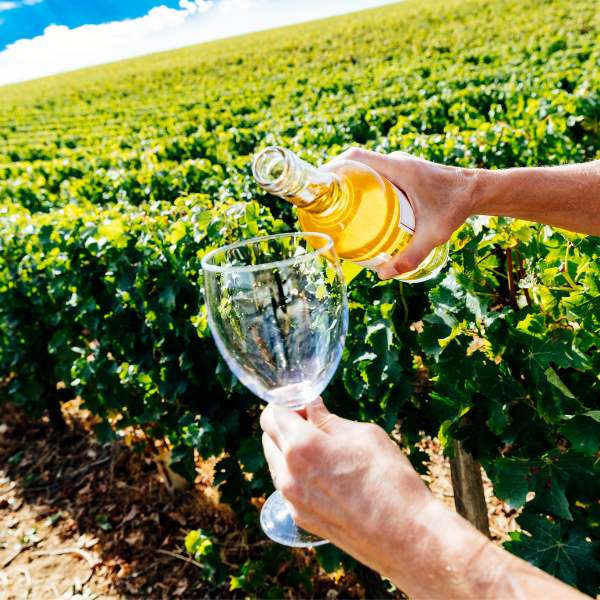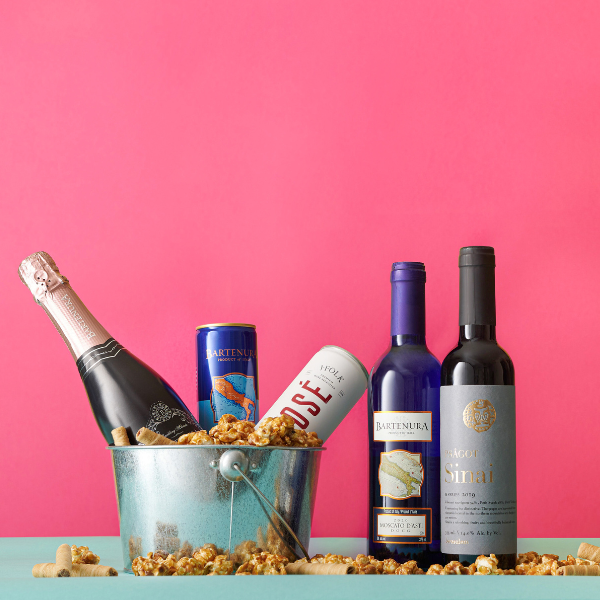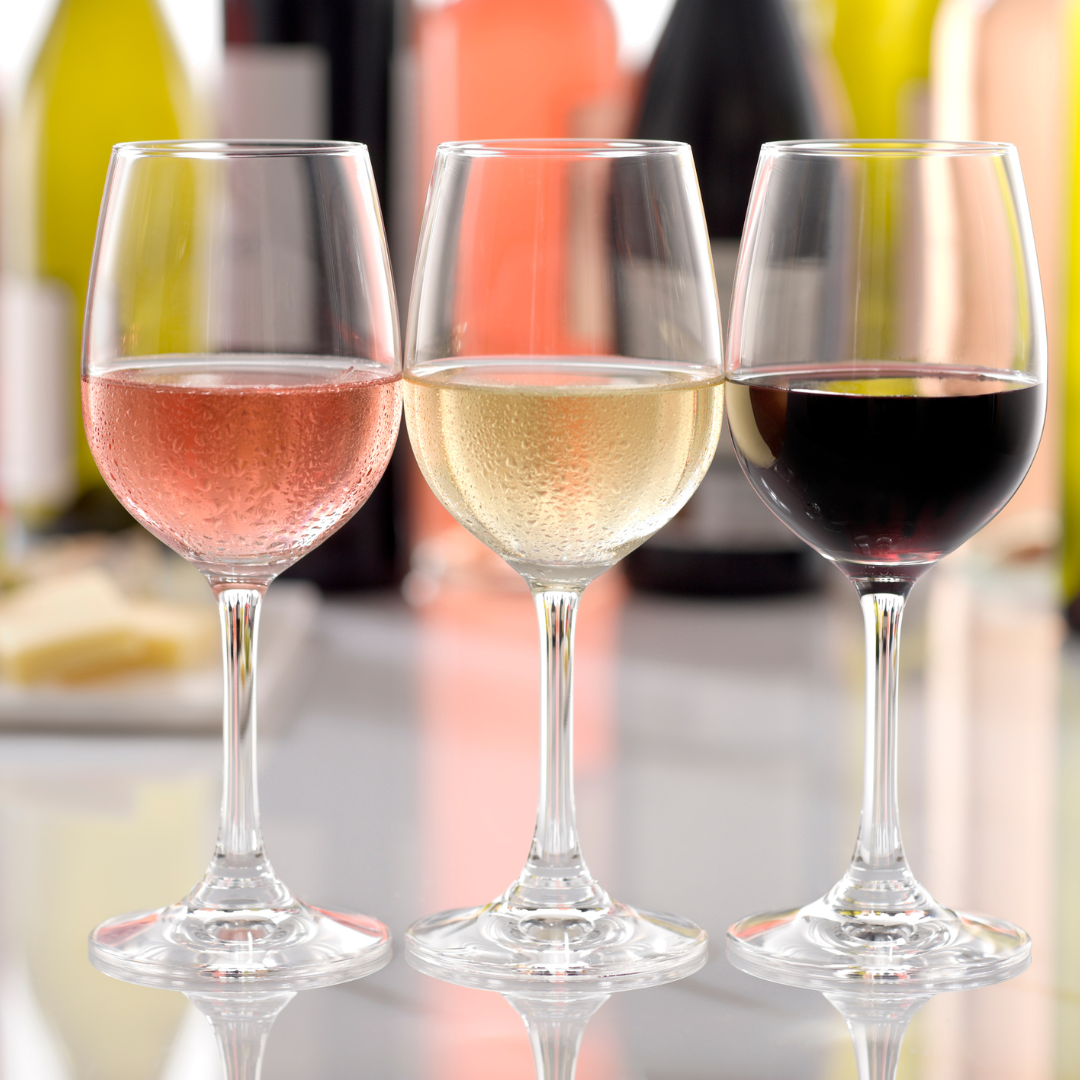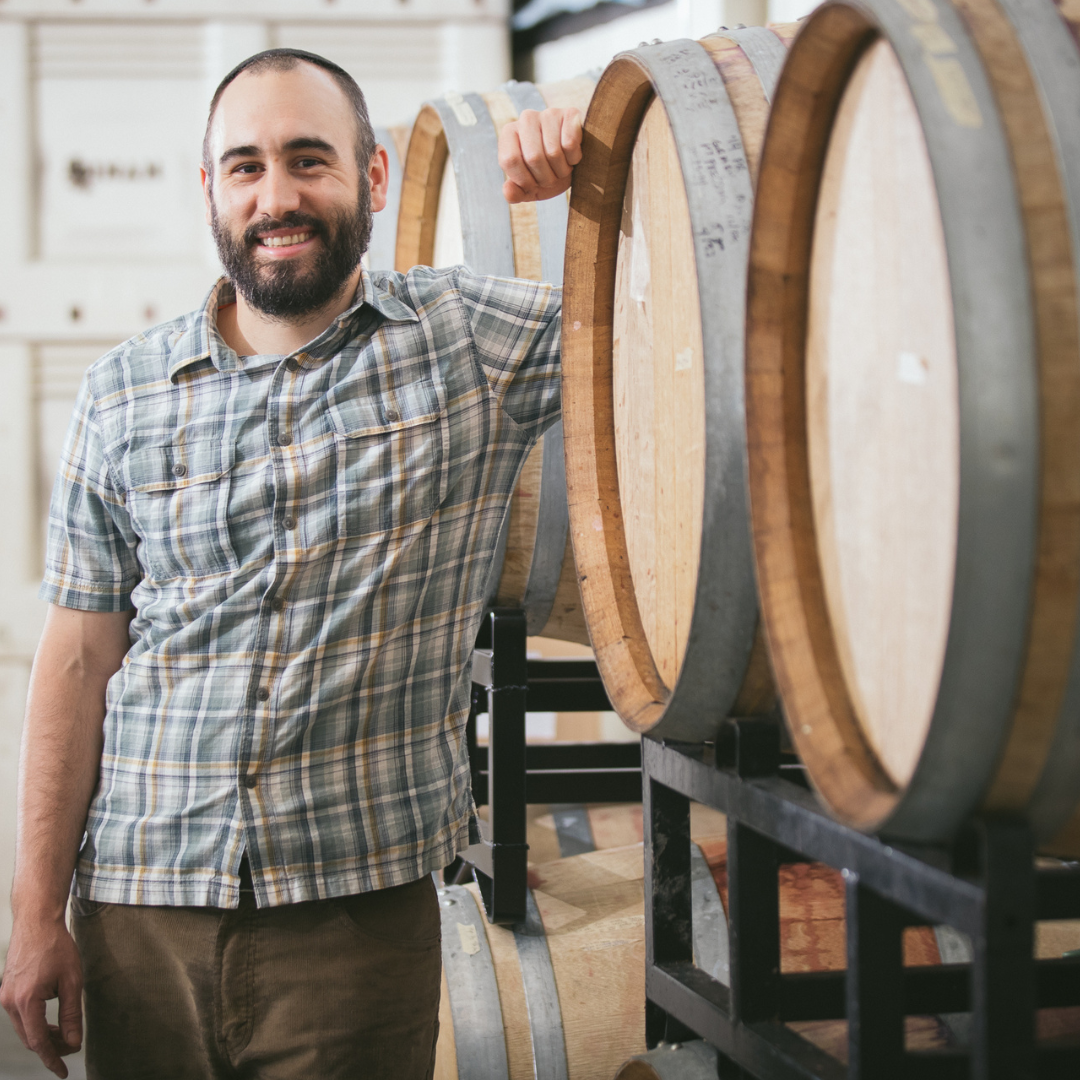How Much Sugar Is In Wine: A Simple Guide
- Aug 22, 2023
By Keri Lawrence
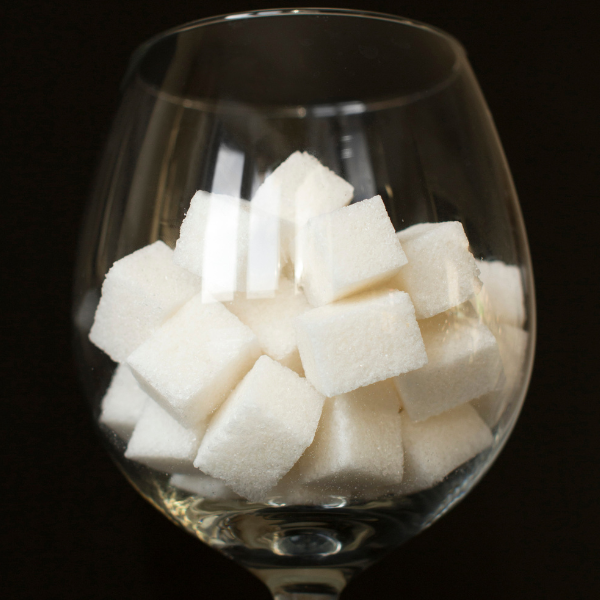

One of the most common questions or inquiries that the wine team is asked is how to find a sugar-free or low-sugar wine... or how much sugar is in a particular bottle. Whether you are an experienced wine lover or just starting to explore, this guide will help you understand what you need to know about sugar in wine.
How Much Sugar Is in Wine?
As grapes ripen on the vine, they increase in sugar content until harvested. This sugar can give the wine its sweetness, but most of it converts into ethyl alcohol during fermentation. Winemakers in certain regions can further manipulate this sugar by adding sucrose, known as chaptalization, to complement the grapes' natural sugars without making the finished wine sweet.
Chaptalization is permitted in places like France, Germany, and Oregon, but prohibited in California, Italy, and Argentina. U.S. federal law allows it for grapes naturally low in sugar, with varying restrictions depending on the region.
The residual sugar left in the wine post-fermentation plays a key role in determining the taste and mouthfeel. Some producers might add a touch afterward to enhance these qualities, but this isn't common in high-quality winemaking. A wine with higher residual sugar will taste sweeter, while one with lower residual sugar will taste drier.
Dry table wines typically contain less than 10 grams per liter (g/L) of residual sugar, meaning a 5-ounce glass would contain just 1–2 grams. It's important to note that not all wines labeled as "dry" are completely sugar-free. A wine can still be considered dry if it contains a small amount of residual sugar, typically less than 10g/L.
However, off-dry, sweet, and fortified wines can contain significantly more sugar. Winemakers have the ability to control sugar levels in wine to achieve various styles and flavors. How much sugar is in a glass or a bottle of wine depends on these factors, and the measurements can be described in grams per liter or as a percentage of residual sugar.


How Much Sugar in a Glass (and bottle) of Wine?
For dry wines, whether red or white, the sugar content remains low, with only 1-2 grams in a 5-ounce glass or 5 to 20 grams in a standard bottle. This chart is a guideline of what you may see on a label to determine the range your favorite wine falls into:


How to Read Wine Labels For Sugar Content
Reading wine labels can be a daunting task, because wine is not required to follow the same nutritional labeling guidelines as other standard food and drink. But when it comes to determining the sugar content of a wine, there are a few key indicators to look out for:
1. Choose Dry Varietals and Understand Grape Varietals
Options like Sauvignon Blanc, Pinot Grigio, or Brut Champagne are known for being dry. Among reds, Pinot Noir, Cabernet Sauvignon, and Bordeaux Blends usually have lower sugar content.
Some varieties like Riesling and Gewürztraminer are known for slightly sweeter profiles, even in dry styles.


2. Consider Alcohol Level
When evaluating sugar content in wine, paying attention to the alcohol level can be a helpful guideline. Since sugar converts to alcohol during fermentation, wines with lower alcohol levels often contain more residual sugar. This is especially true for wines with alcohol levels under 11%. For example, wines like Moscato d’Asti and Rieslings, with labels displaying 5.5% or 8% ABV, are indicative of sweeter wines. The incomplete fermentation process in these wines leaves perceptible sweetness, allowing you to taste the sugar.
3. Request A Technical Sheet
Many wineries and distributors provide technical sheets for the wine that has additional information. By checking a winery's website, you may find the information you are looking for. When ordering from KosherWine.com, you may also reach out to our wine team at [email protected] and we will be happy to assist, as well.
If a Dry Wine Has Little Sugar, Where Do the Calories in Wine Come From?
The culprit is the alcohol itself, producing 7 calories per gram when metabolized by the body. In comparison, carbohydrates, including sugars, produce 4 calories per gram.
The relationship between wine and sugar is intricate and multifaceted, encompassing everything from the grape's natural sweetness to the fermentation process. The guidance provided here can assist you in making educated choices, whether you're on the hunt for a bone-dry vintage or a dessert-like sweetness. For those with specific dietary needs or health concerns related to sugar, consulting with a healthcare provider is the safest way to enjoy wine responsibly.
Want to dive even deeper into the winemaking process and topics like understanding sugar in wine ? Consider enhancing your wine knowledge with a class at the KosherWine.com Academy. Click here to learn more!


 Get help from an expert like Brad
Get help from an expert like Brad


